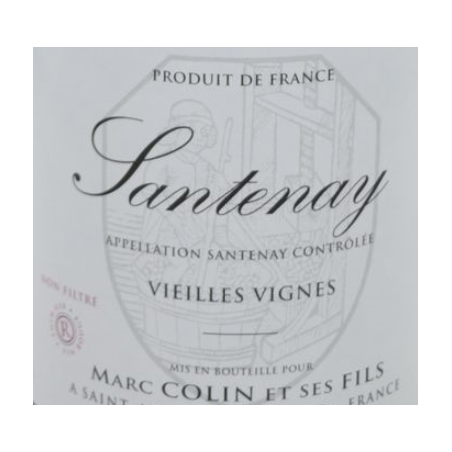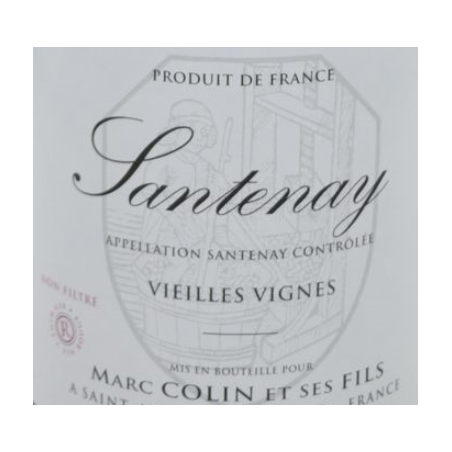8 produits


8 produits
Santenay is the southernmost wine-growing commune on the Côte de Beaune in Burgundy, with its own Communal appellation (created in 1937). The wines produced here are mostly red and made from pinot noir, although a small amount of Chardonnay is also produced.
A typical red wine from Santenay is more colourful than those from the north, although its cherry colour is so characteristic of red burgundy. The aromas are of liquorice, red berries and violet, the most fragrant examples also showing notes of rose petals. The wines of the Santenay appellation are not held in the same esteem as those of its northern neighbours, as their style is more rustic than refined. This is generally attributed to Santenay's particular terroir, which contains a high proportion of marl - a factor it shares with the Côte Chalonnaise, which is located in a single valley.
Santenay is located at the southern end of the limestone ridge (the Côte d'Or), which is home to the best vineyards in Burgundy. The limestone soils, suitable for fine winemaking, are thinning just north of Santenay, but the commune still has its own share of vineyards of Premier Cru. They are concentrated in its northernmost corners, where Santenay borders Chassagne-Montrachet. The appellation also covers the vineyards of the village of Remigny, located a short distance east of Santenay, although its wines are considered to be very different. Remigny is located under the limestone slopes. Its wines are therefore more similar to those of the northern part of the Côte Chalonnaise (Rully or Mercurey) than to those of the rest of the Côte de Beaune.
The climate around Santenay is continental, with hot, dry summers and long, cold winters. Because it is exposed on three sides, Santenay is more affected than other communes in the Côte de Beaune by westerly winds, which would otherwise be deviated by the Côte d'Or. These are rarely strong enough to worry Santenay's winegrowers, but during flowering the vines are certainly more susceptible to damage than those in the more protected vineyards further north.